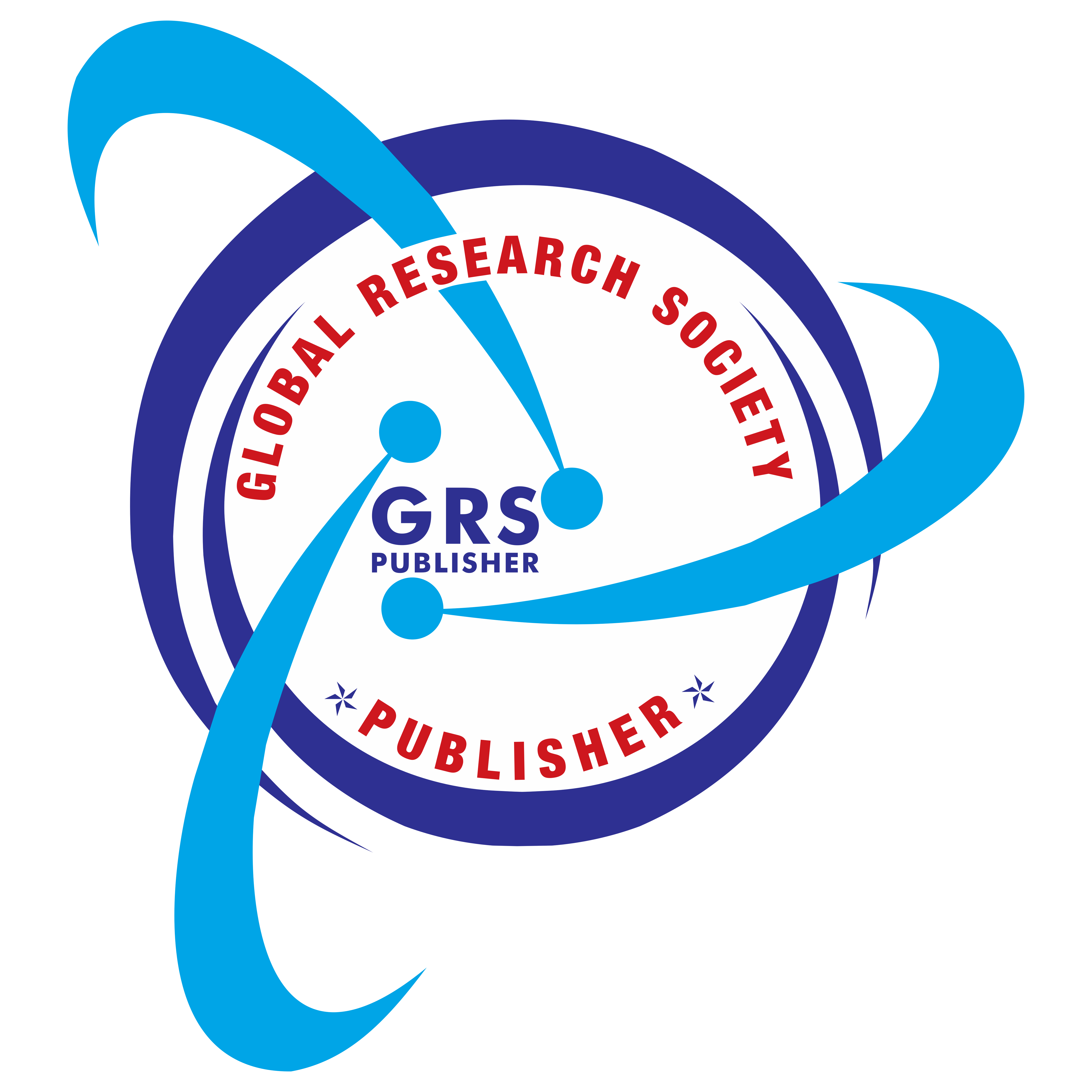GRS Journal of Multidisciplinary Research and Studies
All Issues
Leizel Jean Salmoy Basman*, Ap...
Professional Education Department, Central Mindanao University, University Town, Musuan, Bukidnon, 8710 Philippines
1-9
![]() https://doi.org/10.5281/zenodo.15310325
https://doi.org/10.5281/zenodo.15310325
Philip Festus Ukata, PhD*, Dr....
Department of Office Technology and Management, School of Business and Administrative Studies Captain Elechi Amadi Polytechnic, Rumuola, Port – Harcourt, Rivers State.
10-18
![]() https://doi.org/10.5281/zenodo.15323120
https://doi.org/10.5281/zenodo.15323120
Evelyn A. Vicente*, Aprell L....
Professional Education Department, Central Mindanao University, University Town, Musuan, Bukidnon, 8710 Philippines
19-28
![]() https://doi.org/10.5281/zenodo.15341697
https://doi.org/10.5281/zenodo.15341697
Leonard Kubwimana*, Sibomana E...
University of Kigali, Department of Project Management, Musanze Campus, Rwanda
29-43
![]() https://doi.org/10.5281/zenodo.15381830
https://doi.org/10.5281/zenodo.15381830
Sadia Afrin*, Mahmudul Hasan C...
Principal Scientific Officer, Soil Resource Development Institute, Ministry of Agriculture, Bangladesh.
44-48
![]() https://doi.org/10.5281/zenodo.15394356
https://doi.org/10.5281/zenodo.15394356
Sivamani Selvaraju*, Raja Thir...
College of Engineering and Technology, University of Technology and Applied Sciences, Salalah, Oman.
48-53
![]() https://doi.org/10.5281/zenodo.15400519
https://doi.org/10.5281/zenodo.15400519
Achille Laurent PhD*, Mathieu...
TransLucid, based in Paris, France
54-66
![]() https://doi.org/10.5281/zenodo.15475316
https://doi.org/10.5281/zenodo.15475316
Mahmudul Hasan Chowdhury*, Md....
Scientific Officer, Soil Resource Development Institute, Ministry of Agriculture, Bangladesh.
67-70
![]() https://doi.org/10.5281/zenodo.15493882
https://doi.org/10.5281/zenodo.15493882
Rasha Noori Hammad, Nawres Abd...
MSc. Microbiology/ Ministry of Health/ Baghdad / Iraq.
71-77
![]() https://doi.org/10.5281/zenodo.15511489
https://doi.org/10.5281/zenodo.15511489
